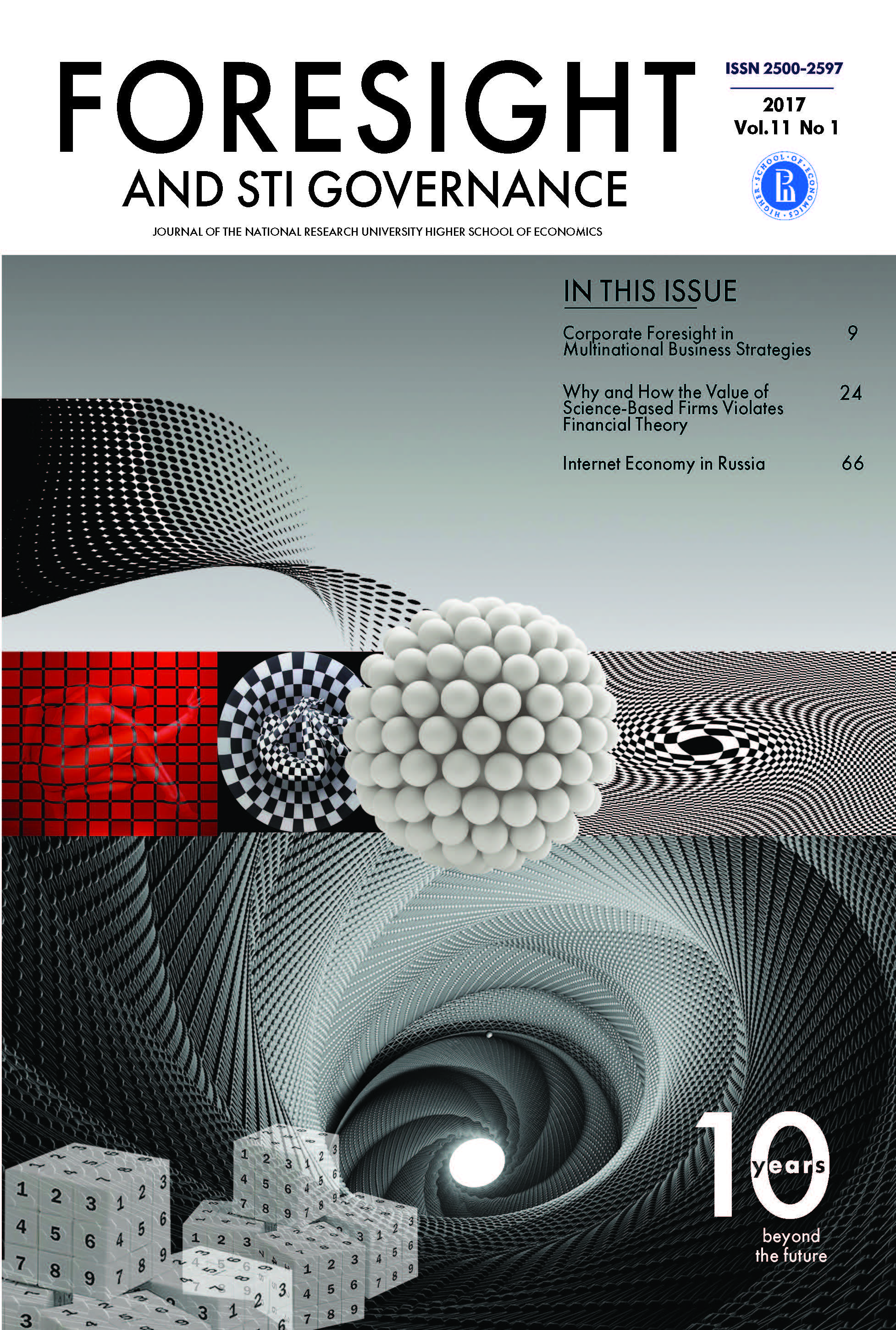Abstract
Higher education and intelligent leadership are considered important parts of every country’s education system, which could potentially play a key role in reaching the goals of society. In theories of leadership, new patterns attempt to view leadership through the prism of creative and intelligent phenomenon. This paper aims to design and develop an intelligent leadership model for public universities. A qualitative-quantitative research method was used to design a basic model of intelligent leadership. The opinions of pundits and experts with a purposive sampling method to achieve theoretical saturation was used to design a model in the qualitative phase. During model testing based on confirmatory factor analysis, data indicated that dimensions of intelligent leadership were placed in the four components: rational leadership, emotional leadership, spiritual leadership and collective leadership and classified in sub-categories. Rational leadership was classified into five sub-categories (strategic thinking, common targeting, planning, decision-making and monitoring and feedback); emotional leadership was classified into four sub-categories (self-awareness, self-management, motivation and social awareness); spiritual leadership was classified into seven sub-categories (vision, belief in achieving this goal, altruism, meaningful work, membership, organizational commitment and feedback); and finally, collective leadership was classified into the three sub-categories (communication, development of a communication network and –an exchange of opinions between the leader and team). The results presented in the paper correspond with statistical logic. Finally, the test model and the Delphi technique were applied using the survey approach and the ultimate model was described, including 426 codes, 89 sub-categories and four main categories (rational leadership, emotional leadership, spiritual leadership and collective leadership).
References
Ardalan M.R., Ghanbari C., Nasiri V., Al Sadat F., Beheshti R. (2013) Housemaid Leadership Role in Promoting the Organizational Trust with Mediating Role of Empowerment // Educational Measurement and Evaluation Studies Quarterly. Vol. 1. № 4. P. 55-81.
Bass B.M. (2010) Theory, Research and Managerial Application (3rd ed.). New York: The Free Press.
Bligh M.C., Meindl J.R. (2004) The Cultural Ecology of Leadership: An Analysis of Popular Leadership Books // The Psychology of Leadership: New Perspectives and Research / Eds. D.M. Messick, R.M. Kramer. Athens: LEA Press. P. 11-52.
Cohen A. (2003) Multiple Commitments in the Workplace: An Integrative Approach. Mahwah, NJ: Lawrence Erlbaum Associates.
Cox J.F., Pearce C.L., Perry M.L. (2003) Shared Leadership: Reframing the How's and Whys of Leadership. Thousand Oaks, CA: Sage.
Fletcher J.K., Käufer K. (2003) Shared Leadership: Paradox and Possibility // Shared Leadership: Reframing the How's and Whys of Leadership / Eds. C.L. Pearce, J.A. Conger. Thousand Oaks, CA: Sage Publications. P. 21-47.
Gronn P. (2002a) Distributed leadership as a unit of analysis // The Leadership Quarterly. Vol. 13. P. 423-451.
Gronn P. (2002b) Distributed properties: A new architecture for leadership // Educational Management and Administration. Vol. 28. № 3. Р. 317-338.
Locke E.A. (2000) The Prime Movers: Traits of the Great Wealth Creators. New York: AMACOM.
Macbeath J. (2003) Distributed Leadership. Nottingham, UK: National College of School Leadership.
McKeown A., Bates L. (2013) Emotional intelligent leadership: Findings from a study of public library branch managers in Northern Ireland // Library Management. Vol. 34. № 6/7. Р. 462-485.
Nooralizadeh R., Hajyvnd A. (2008) Intelligent leadership: New model of leadership in the Third Millennium // Police Human Development. Vol. 5. № 16. Р. 117-126.
Pearce C.L., Conger J.A. (2003) Shared Leadership: Reframing the How's and Whys of Leadership. Thousand Oaks, CA: Sage Publications.
Pearce C.L., Manz C.C. (2005) The new silver bullets of leadership: The importance of self and shared leadership in knowledge work // Organizational Dynamics. Vol. 34. № 2. P. 130-140.
Rutkauskas A.V., Stasytyte V. (2013) Leadership intelligence: How to get there? // Procedia - Social and Behavioral Sciences. Vol. 75 (2013). P. 52-61. DOI: https://doi.org/10.1016/j.sbspro.2013.04.007
Soltani I. (2009) Six intelligence of intelligent leadership tool // Compass. Vol. 210. P. 21-27.
Sydänmaanlakka P. (2003) Intelligent leadership and leadership competences developing a leadership framework for intelligent organizations. PhD Thesis. Helsinki: Helsinki University of Technology.
Sydänmaanlakka P. (2008) Intelligent leadership and creativity: Supporting creativity through intelligent leadership. Paper presented at the 2nd International Conference "Creativity And Innovation Management: Integrating Inquiry and Action", May 28-30 2008, Buffalo, New York.
Tofighi S.H., Fallah M.S., Khajehazad M. (2012) Quality Evaluation of Educational Leadership in Baqiyatallah Hospital Using Baldrige Excellence Model // Scientific Journal of Medical Sciences University of Qazvin. Vol. 16. № 2. P. 66-70.

This work is licensed under a Creative Commons Attribution 4.0 International License.

